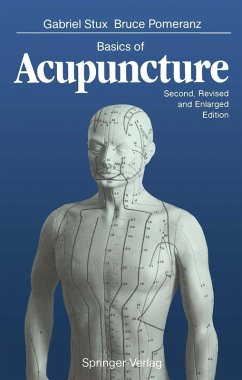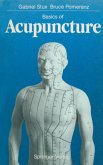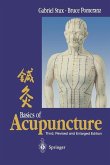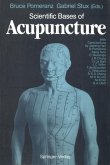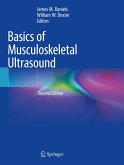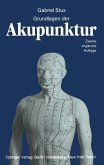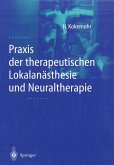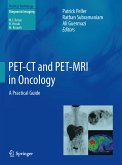We are very pleased that it has become necessary after such a short time to publish a new edition of this handy guide to acupuncture, which is intended to combine practicality with an affordable price. It, just like the first edition, is based on our larger Acupunclure Textbook and Atlas, but we have taken this opportunity to revise and update the text. For example, several scientific advances have been included in Chapter 2 (e. g. , findings of recent studies on drug addiction, antiemetic effects, and urogenital efficacy). In response to numerous requests we have added a detailed account of traditional Chinese medicine (TCM) in Chapter 8. Although most practitioners in the West have been using "scien tific" acupuncture (e. g. , stimulating peripheral nerves to release endorphins), a growing number are now trying TCM approaches. The mechanism of action of TCM is unknown: the method is based on empirical phenomenology and pattern recognition rather than cause-and-effect logic. Nevertheless, double-blind, controlled scien tific trials are required to determine whether TCM is more effective than "scientific" acupuncture. Scientific assessment of TCM in con trolled clinical trials is possible even in the absence of a scientific explanation of its mechanism of action, i. e. , even if we do not know how it works. Many successful Western medical procedures are empirical; for instance, gaseous anesthetics are used widely al though we do not understand how they work.
Dieser Download kann aus rechtlichen Gründen nur mit Rechnungsadresse in A, B, BG, CY, CZ, D, DK, EW, E, FIN, F, GR, HR, H, IRL, I, LT, L, LR, M, NL, PL, P, R, S, SLO, SK ausgeliefert werden.

